The chances are pretty good that, even though you may not have realized it, you’ve probably spotted native ads out in the wild. Because nowadays, native advertising is everywhere.
And since native ads blend in so well, it’s no wonder they are getting harder and harder to out-right identify. This being said, they can help create an immersive ad experience for potential customers, shaking up what they are sometimes used to (or are immune to) seeing online. All this to say, we’ll give an overview as to what these ads are, and why they could be a great advertising element to add to your business’s marketing mix.
What Are Native Ads?
In short, native advertising is a particular type of paid ad content. But, in order for an ad to be considered a true native advertisement, the content should align with the publication or website’s established editorial style and tone. It must also provide the kind of information that the publication’s audience typically expects. The incognito nature of native advertisements is what makes them difficult to spot, as they often blend in with “organic” or non-paid content extremely well.
The automated buying and selling of online advertising space has made placing native advertisements easier and more popular than ever before. And because so many consumers use pop-up blockers, native advertising can be a good workaround option to market to these consumers.
Different content mediums can be used in native ads as well. Everything from articles, infographics, videos… you name it, it can be a native ad. If a content producer can make it, businesses can buy it and publishing platforms can promote it.
Lastly, it’s worth noting that native advertising is not necessarily the same thing as content or inbound marketing. Unfortunately, the overlap between the two disciplines and their similarity in name often results in confusion. Native ads also differ from display ads, which we will go into more detail about soon.
Research-Backed Reasons to Use Native Advertising
- High click-through rates
- Cost-efficiency
- Sophisticated targeting
- Non-disruptive nature
- High engagement
What Do Native Ads Look Like?
Like we mentioned, native ads are able to blend into their environment, being placed in the midst of organic content, and are targeted towards consumer’s specific interests. We’ve listed some examples of what these could look like, using our own (awesome) blog content from the fuze32 website.
What Is The Difference Between Native Ads and Display Ads?
To start off, native ads look very different from display ads simply from a visual perspective. This is because they are designed to blend, offering a seamless flow with the editorial content of the page.
Display advertising, on the other hand, is a visual-based form of online advertising that communicates a commercial message and is superimposed on the users’ experience. Display ads help promote businesses or brands whenever people are browsing online, watching YouTube videos, checking their email, or using mobile devices and apps.
Advantages of Native Ads
According to a recent study, native ads are viewed 52% more than display ads, and they contribute to greater brand awareness. People read and respond to native ads because they become part of the experience of consuming relevant content. It is important to note that Native advertisements are also usually more mobile-friendly compared to display ads.
Native Ads Distinctions:
- They offer a higher CTR, on average 0.2%.
- Their appearance is a soft sell for customers.
- They are great traffic drivers to an advertiser’s website.
- They typically have a higher cost per click compared to display ads.
Advantages of Display Ads
Display ads are still very relevant and especially important for building brand awareness and remarketing or retargeting opportunities. Display advertising allows you to get in front of consumers before they need a specific product or service from you. So, by the time they actually need what your business offers, you have a better chance of being who they consider since they’ve encountered your brand several times while online. They also offer more creative advantages than native ads when it comes to the visual design of your ads.
Display Ads Distinctions:
- They provide a way to stand out against content, rather than blend in.
- Typically disrupt a user’s experience.
- They have a much lower CTR, on average 0.05%.
- They are cheaper cost per click compared to native ads.
Bottom Line: Consider Adding Native Ads to Your Marketing Mix
Native ads may blend in well, but don’t overlook their advantages when creating your brand’s marketing mix. Smart marketers will use their budgets to effectively create a combined digital marketing strategy that will leverage the strengths of both native and display advertising. If you are interested in learning more about the power of native advertising or would like to get started incorporating native ads into your marketing mix, contact our team at fuze32.



.webp)





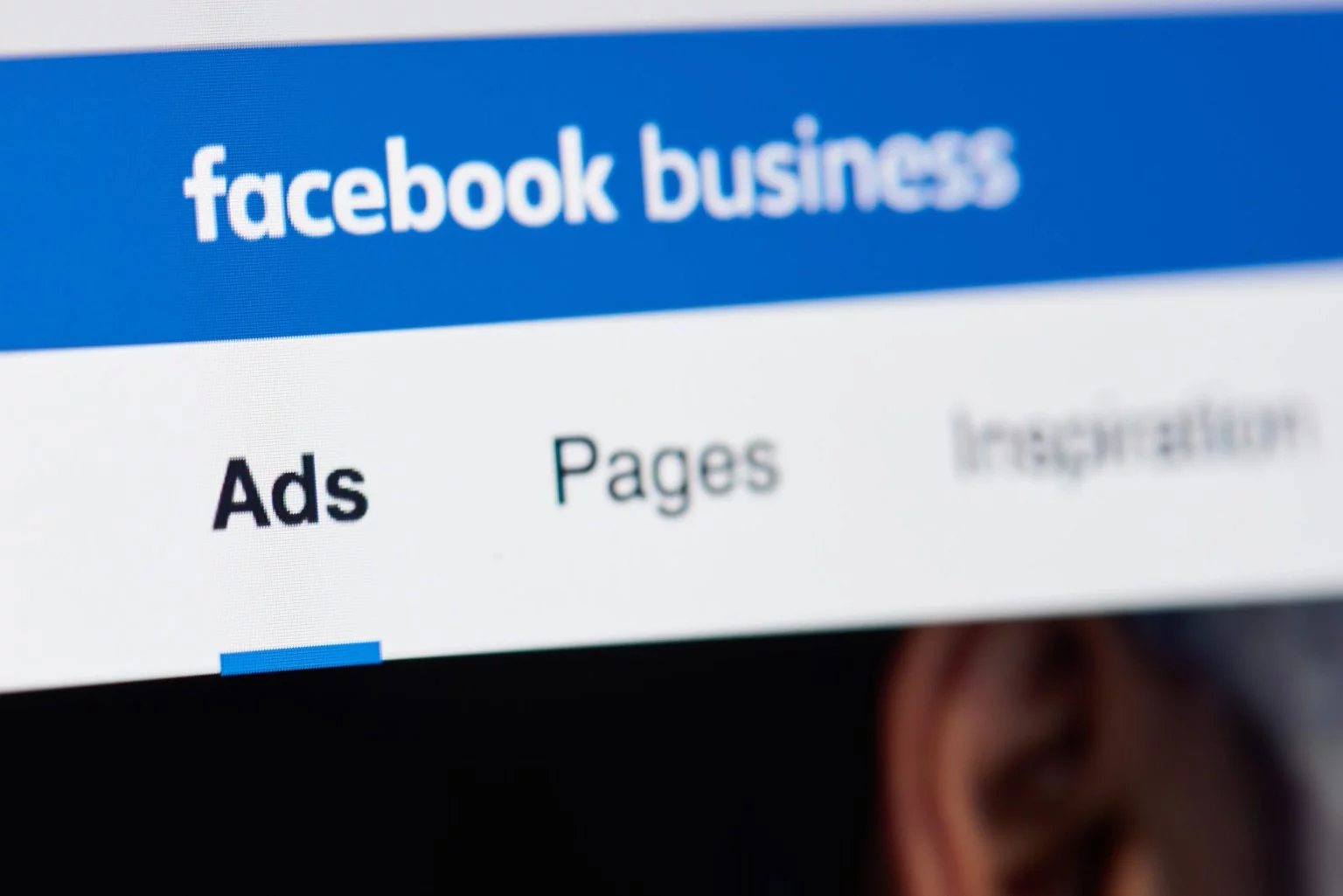
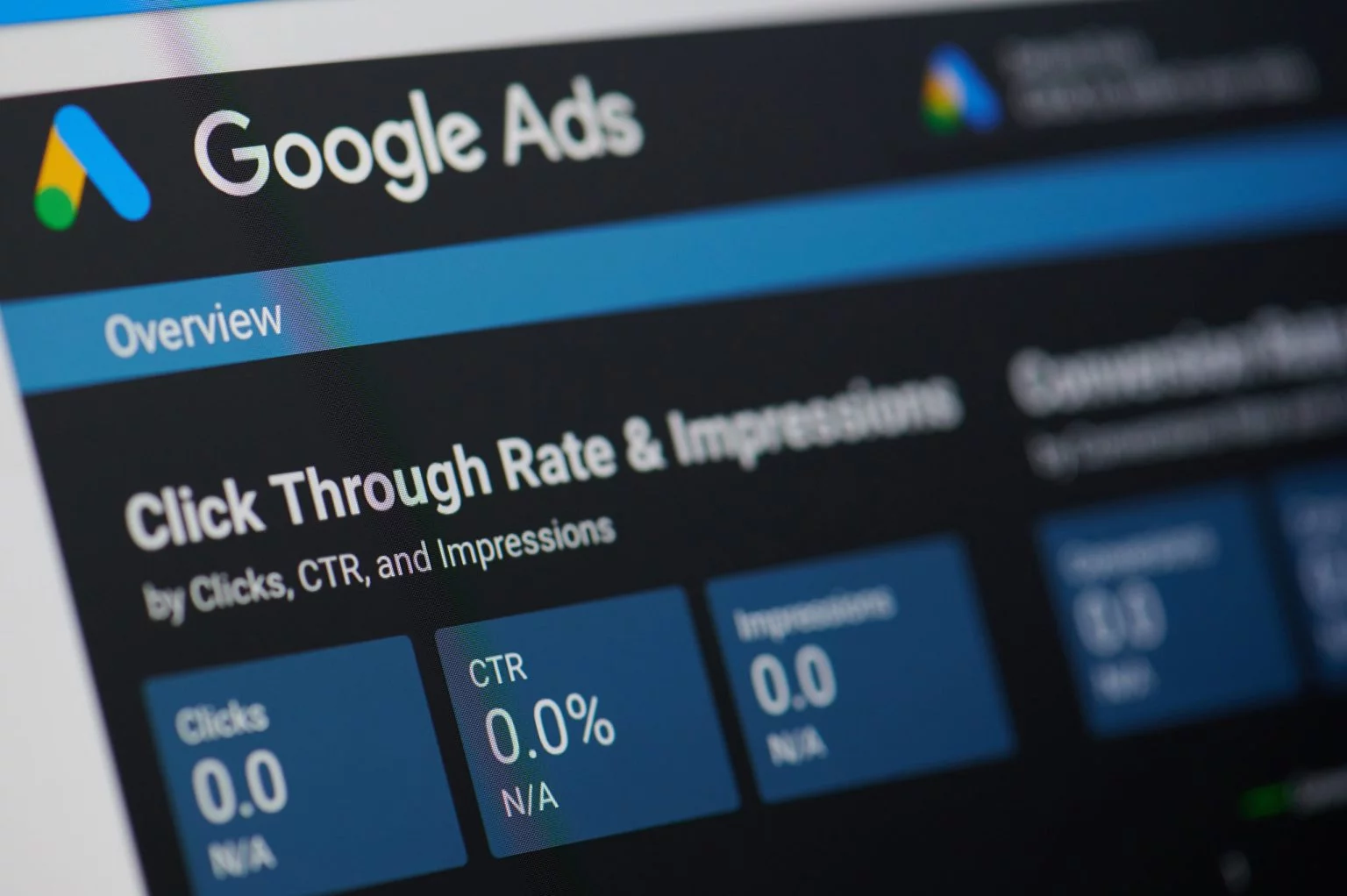

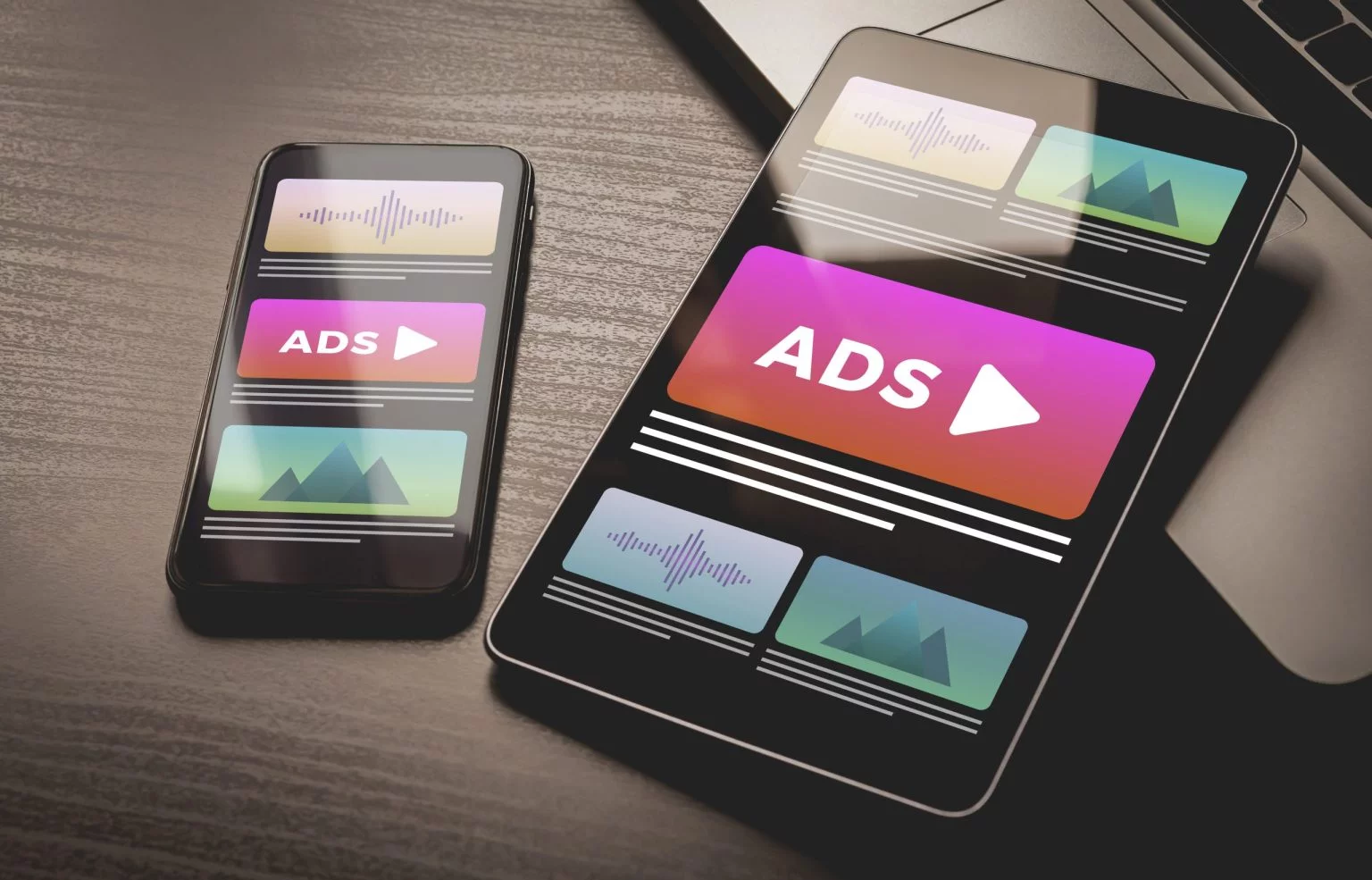







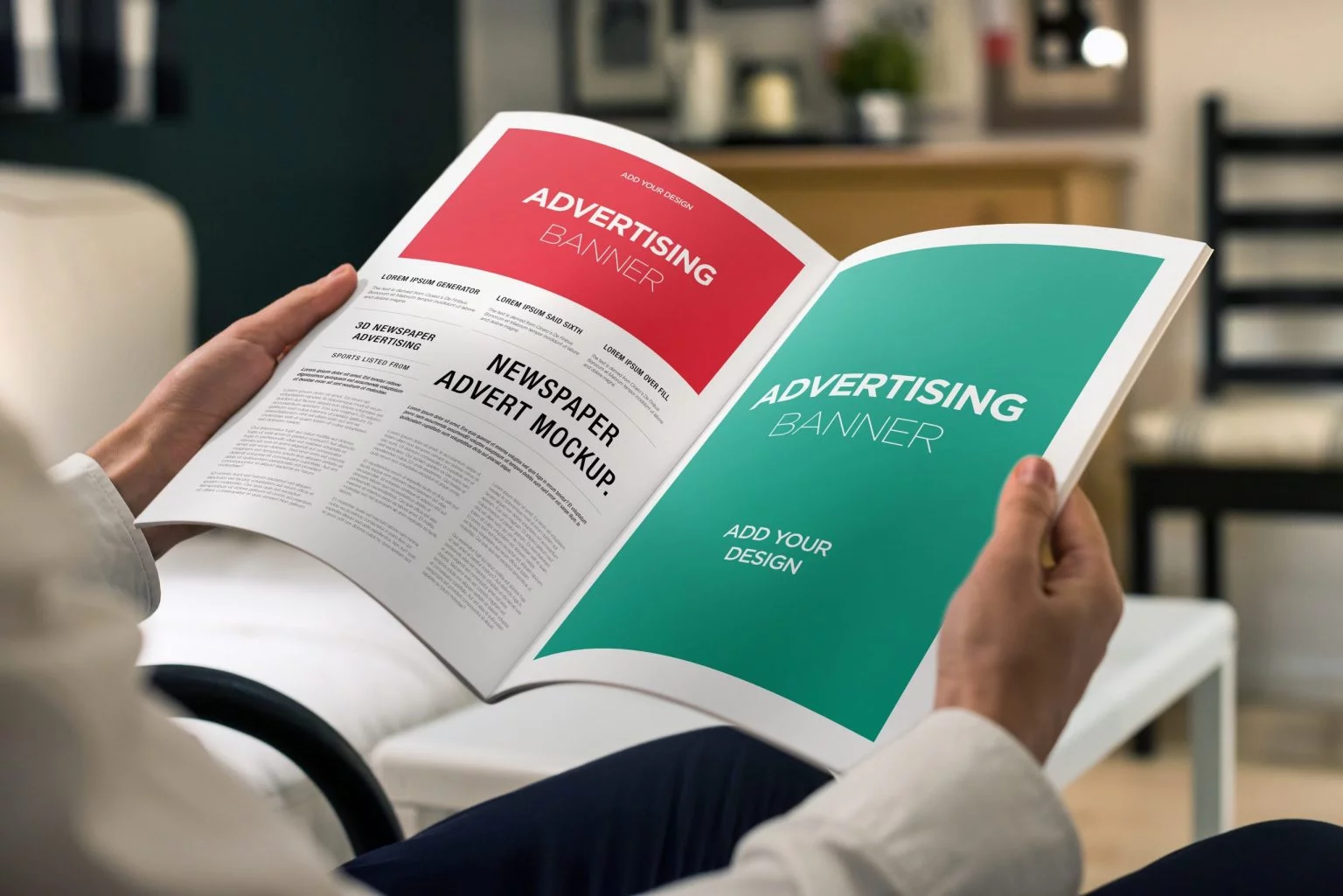

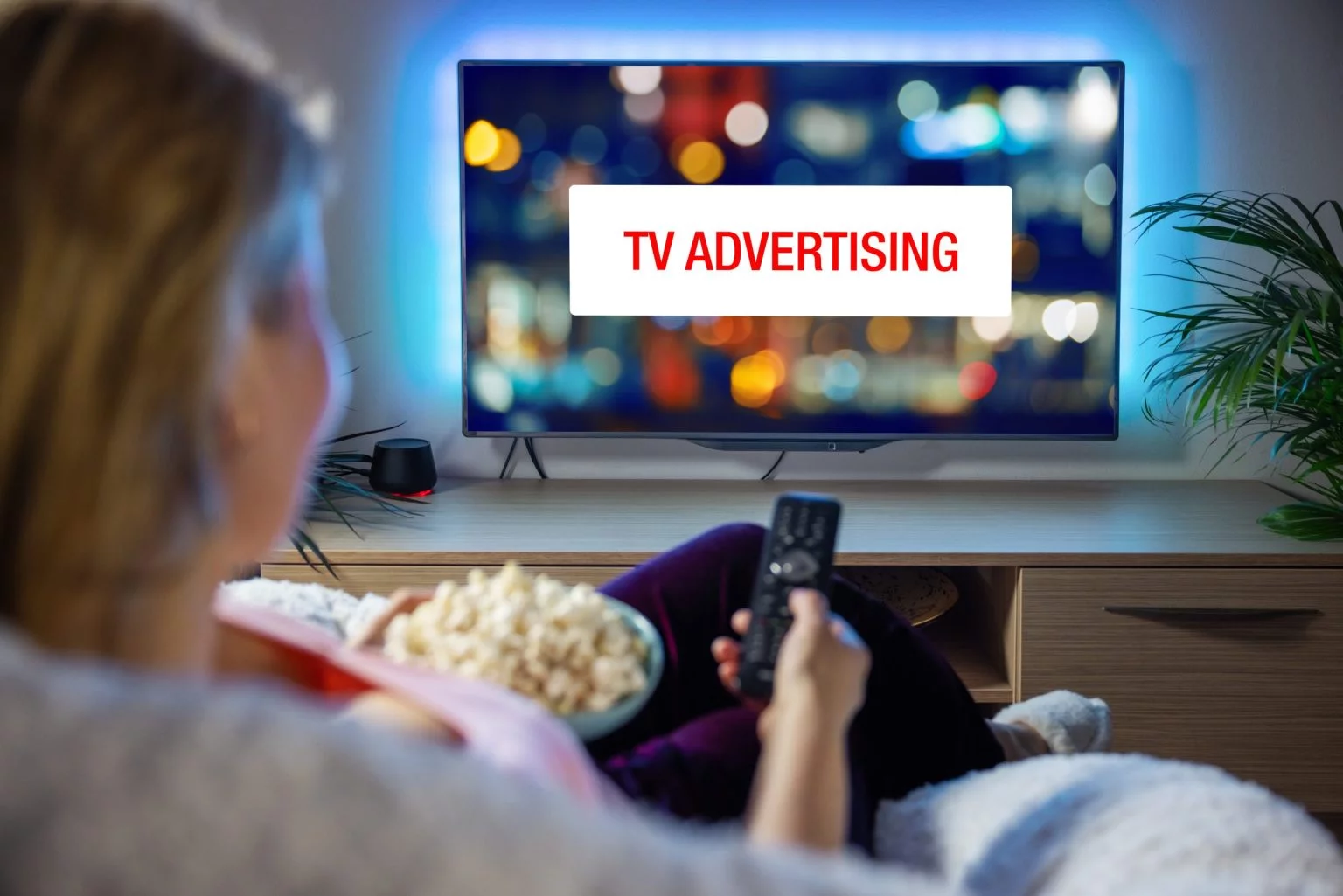












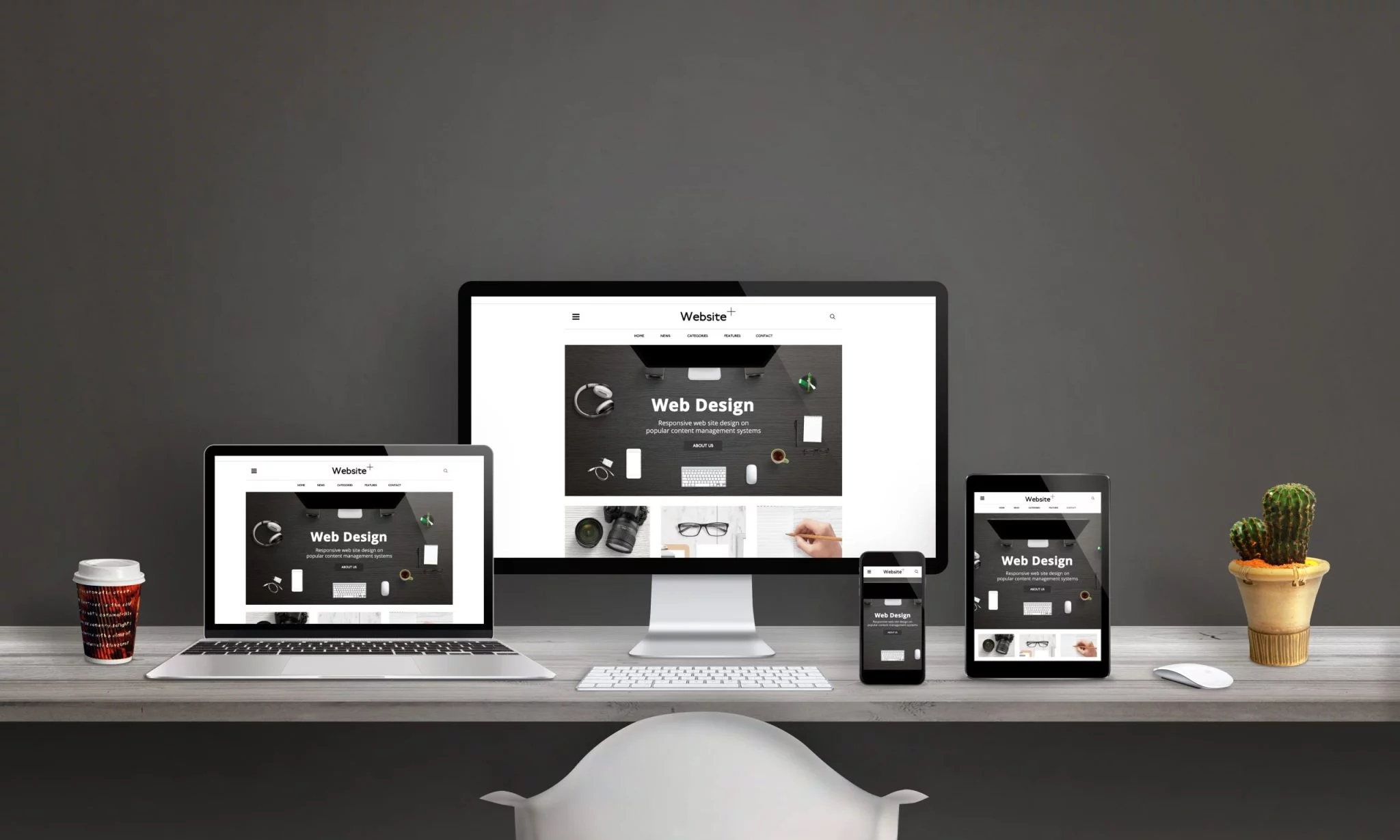















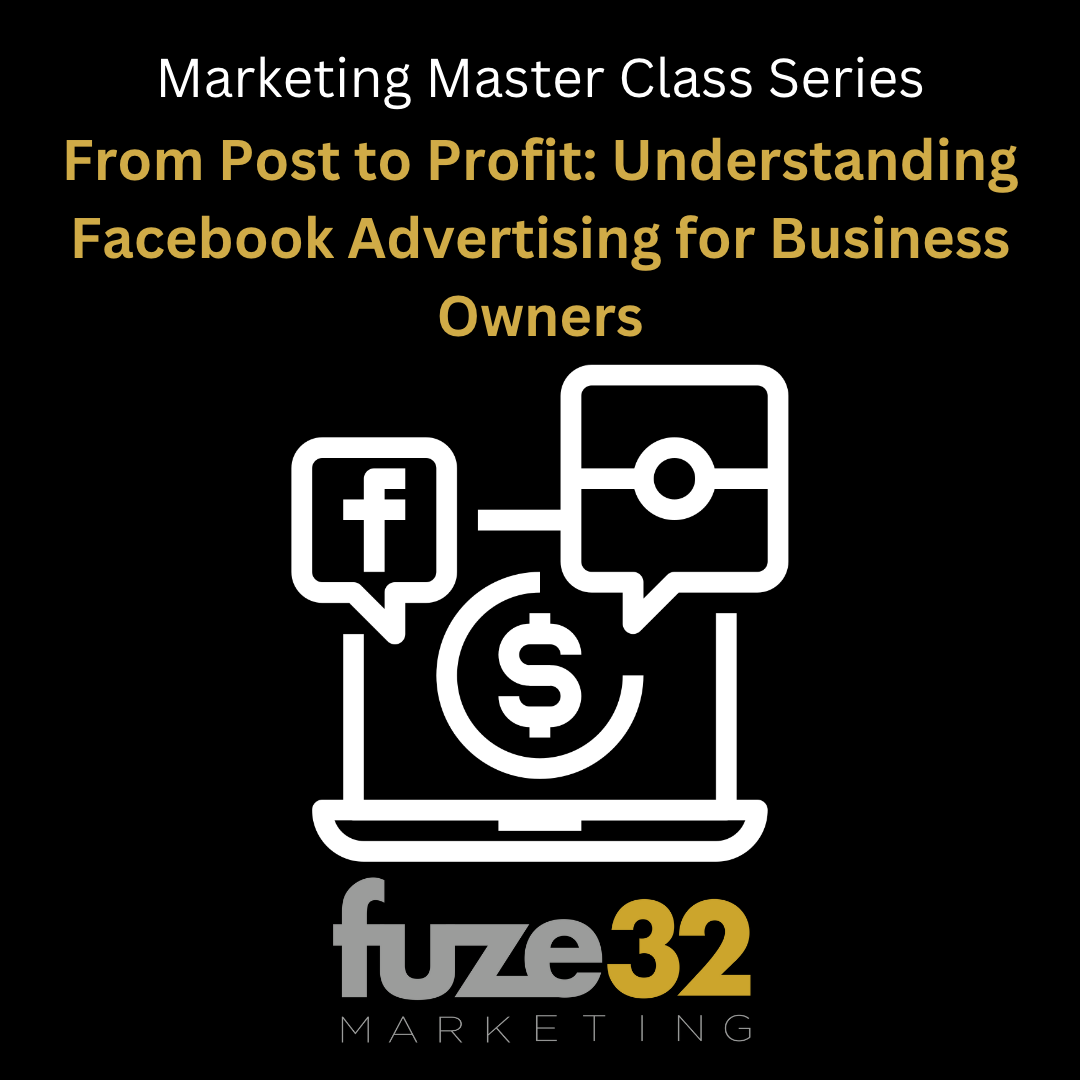



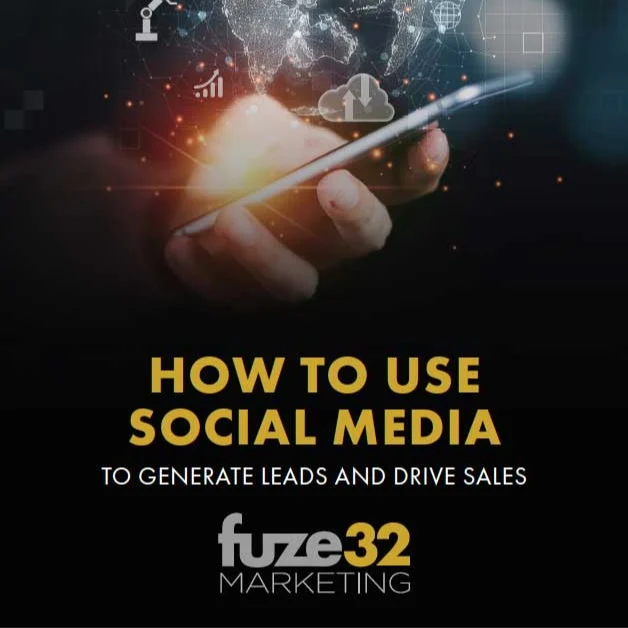


.jpg?width=245&name=Untitled%20design%20(2).jpg)
.jpg?width=244&name=Untitled%20design%20(3).jpg)

